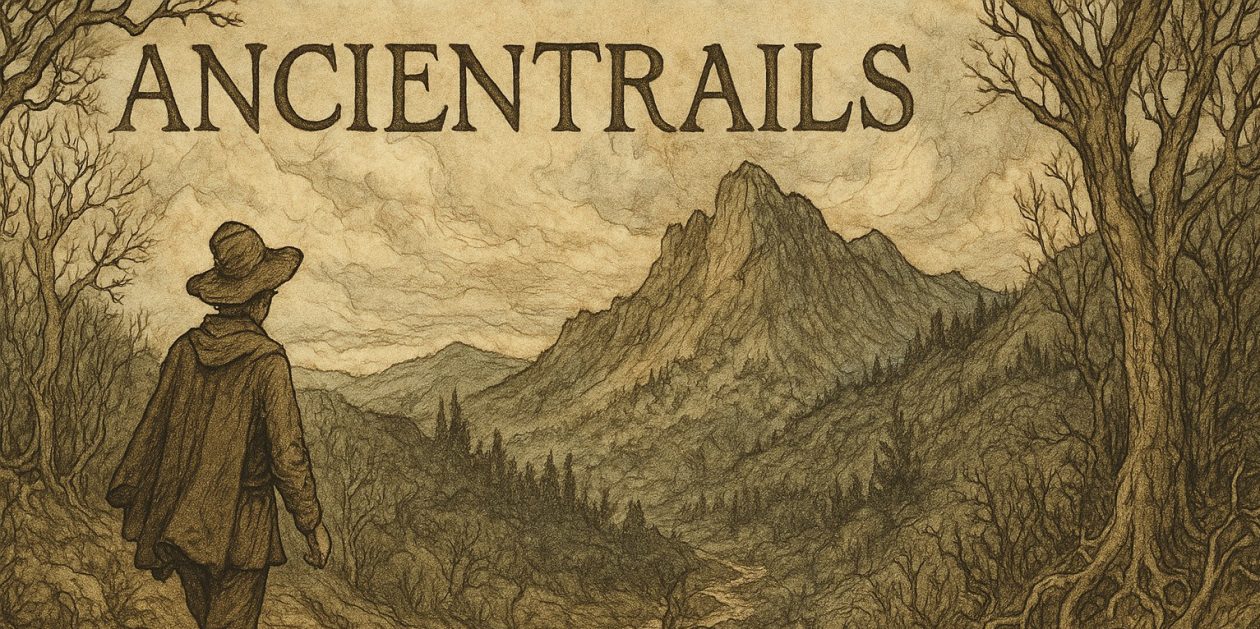85 bar falls 29.79 3mph NE dew-point 55 Summer, hot and unpleasant
Waxing Gibbous Thunder Moon
The Woodrow Wilson Quarterly has an interesting article titled, The Burden of the Humanities. I want to add a cadenza, a riff of my own to this Big Band music of the intellectual sort.
The first part of this article that caught my attention was the question of definition. What are the humanities? An obvious follow-on question, and the thrust of the article, is: Why the humanities?
I come to this topic from some hours now of researching the growth of Unitarianism and Universalism in Minnesota. The connection is not obvious, but it is real. In Minnesota Unitarianism, at First Unitarian Society, the general topic of religious or secular humanism got its launching pad into public debate and debate within the Unitarian-Universalist Association. This came from the powerful preaching of the Reverend John Dietrich who regularly filled the Garrick Theatre with over a thousand attendees. A former Reformed Church clergy he experienced a gradual evolution of his views away from Reformed Calvinist doctrine. In a heresy trial in that denomination in 1911 he was found guilty and defrocked.
Dietrich lifted the term humanism from an essay by Frederick Gould, published in the pamphlets of the British Ethical Society. In that essay Gould proposed a new definition of humanism, one not rooted in the Renaissance understanding. He proposed humanism as the “belief and trust in the efforts humans make.”
This new definition of humanism tried to put itself on the same intellectual path as science. Here is a snippet from one of Dietrich’s sermons, one defining his own religion:
“So I take for my authority in religion the actual facts that have been discovered by science. Beyond these facts which have actually been observed and verified, we really know nothing; and I make no assumptions which are not warranted by these facts.” My Religion, John Dietrich, FUS 1929, p. 5 Published in the Humanist Pulpit, Vol. 3
The Humanist Manifesto of 1933, influenced by Dietrich in content, reinforces this apparent marriage of humanist thought and the then triumphal march of science and reason.
I’ve gone on a bit here about this because it is important to separate this now common understanding of humanism from the question, What are the humanities? The answer to this question, I believe, turns the definition and the defining of humanism away from science and toward those realms of knowledge found in the classics of East and West, the artistic output of both East and West, and the philosophical and religious systems of both East and West. That is, the question of what it means to be human can be answered only in a very narrow way within the science of say, physical anthropology or gross anatomy or human evolution. Here the human is a physical entity shaped by the process of natural selection. This is not wrong, it is right and necessary; but, it is not sufficient.
What it means to be human is found in the lived experience of humans. That is, we are what we have been and what we have been shapes without defining what we can become. How do we know what we have been? We read the Grand Historian on the Qin and Han dynasties. We listen to karnatic music. The plays of William Shakespeare come to life before our eyes. Tolstoy helps us understand humans in War and Peace. The cave paintings in Lascaux and the Cycladic figurines of the Cyclades both reveal aspects of a human response to lived reality. The Winter Count of the Lakota and the great urban areas of London, Istanbul, or Rio De Janiero do the same.
The knowledge base of the humanities is broad and deep; it requires years to become fluent in even a small part of its study, yet it is precisely among the paintings and plays, the music and the poetry that we can rethink the human project and find old resources for new questions.
Thus, if I were to redefine humanism, I would say: “an appreciation for what it has meant and what it now means to be human, an appreciation gained best from the cultural products of humankind over the millennia of our existence.”
